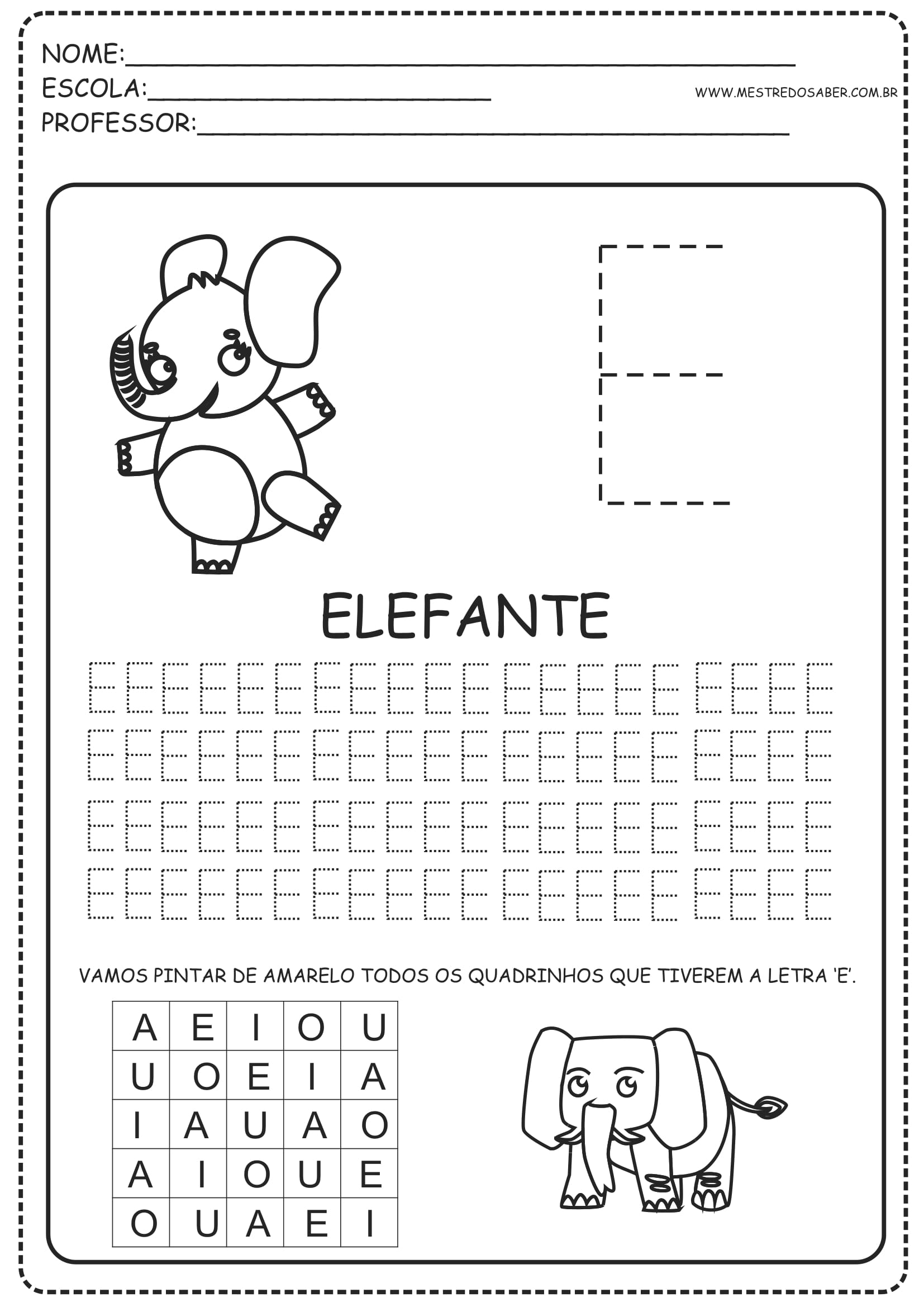

The contents of the narratives cannot be generalized as the ability to interpret the traditional poems by bards and shaman depends on their individual experience and expertise in singing and chanting the traditional poems. All students enjoyed the narratives and they found the chanted traditional poems easier than the sung traditional ones. The teachers found the teaching and learning materials relevant and user-friendly for teaching the sung and chanted traditional poems. The specific musical instructional strategies include fine tuning the masterpiece and integrating intermissions into the audio recording to serve as intervals between plots in the narratives. Deep language was used when the meanings are difficult to interpret.

The findings of the research show that implicit meanings are presented literally in the plots of the narratives. Data collection involved semi-structured interviews, teaching observations and content analysis of the poems selected. Fourteen sung and chanted traditional poems were collected from four bards and a shaman from Betong Division, Sarawak. The research utilized qualitative research method in collecting and analyzing data. It also investigates the effectiveness of the narrative-based and musical instructional strategies for teaching sung and chanted traditional poems. It examines the musical instructional strategies for teaching the traditional poems. The research identifies the contents of sung and chanted traditional poems which are integrated into the narrative-based pedagogy.


 0 kommentar(er)
0 kommentar(er)
